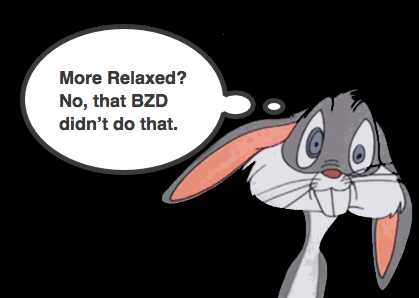Dystonic Reactions

Our job can be deeply satisfying. When you are able to relieve a patient’s pain or able to help detect impending disaster and avoid it, you feel like a superhero. Sometimes something as simple a fixing a Nursemaid’s Elbow will make your day! On the other hand, however, if you give a patient a medicine and the condition worsens you can feel like a fraud. Unfortunately, medication-induced dystonic reactions do occur even when you are striving to “first do no harm.”
Extrapyramidal Syndromes
- Parkinsonism
- Tremor, rigidity, mask-like facial expression, and/or bradykinesia
- Akathisia
- Restlessness and an internal feeling of unease
- Dystonia
- Abnormal tonic muscle contractions
- Can include dyskinesias = clonic muscular contractions
Dystonic Reactions
- Dystonia = movement disorder of sustained involuntary muscle contractions.
- May present as twisting, abnormal postures or the neck, jaw, tongue or torso.
- May also lead to eye deviation, dysphagia, dysarthria, or even dyspnea.
- Buccolingual dystonia is the most common form. [Hooker, 1988]
- Consists of dysarthria, mutism, trismus, tongue protruding or retracting, facial grimacing / distortions.
- Torticollic dystonia is the 2nd most common form.
- Mechanism is unclear, although thought to be due to an imbalance between cholinergic and dopaminergic stimulation.
- Dopamine antagonists (ex, antipsychotics, antiemetics, and GI motility agents) often associated with dystonic reactions. [Derinoz, 2013]
- Anticholinergic agents (ex, diphenhydramine) often used to treat it.
- Does not indicate an overdose.
- One study found 70% of dystonic reactions occurred within therapeutic doses. [Derinoz, 2013]
- Consider over-the-counter medications (~18% in Derinoz’s study were due to OTC meds).
Common Offending Agents in the Ped ED
- Antiemetics (ex, metoclopramide, promethazine)
- Ondansetron has practically revolutionized management in the Peds ED of vomiting, because it is less likely to cause dystonic reactions.
- While there is less risk of dysonia with ondansetron, it still can occur. [Sprung, 2003]
- Antipsychotics (ex, Haloperidol, Risperidone, Chlorpromazine)
- Antiepileptics (ex, Pheytoin, Carbamazepine)
- Sedatives (ex, Benzodiazepines) [Hooker, 1988]
- Paradoxical Reactions can also be seen with Benzodiazepines.
- The patient becomes agitated and delirious.
- Flumazenil administration has been reported to be helpful to alleviate these symptoms. [Jackson, 2015]
Diphenhydramine to the Rescue
- H1-antagonism is effective in relief of dystonic symptoms.
- Can be given orally, intravenously, or intramuscularly.
- Interestingly… diphenhydramine can also CAUSE dystonic reactions.
Other Entities to Consider
- Deep space neck abscess (Retropharyngeal abscess)
- Tetanus
- Seizure
- Calcium deficiency
- Drug intoxication
- Meningitis / Encephalitis
- Stroke
- Conversion disorder
References
Jackson BF1, Beck LA2, Losek JD1. Successful flumazenil reversal of paradoxical reaction to midazolam in a child. J Emerg Med. 2015 Mar;48(3):e67-72. PMID: 25497845. [PubMed] [Read by QxMD]
Derinoz O1, Caglar AA. Drug-induced movement disorders in children at paediatric emergency department: ‘dystonia’. Emerg Med J. 2013 Feb;30(2):130-3. PMID: 22398848. [PubMed] [Read by QxMD]
Sprung J1, Choudhry FM, Hall BA. Extrapyramidal reactions to ondansetron: cross-reactivity between ondansetron and prochlorperazine? Anesth Analg. 2003 May;96(5):1374-6, table of contents. PMID: 12707136. [PubMed] [Read by QxMD]


[…] PedEMMorsels […]